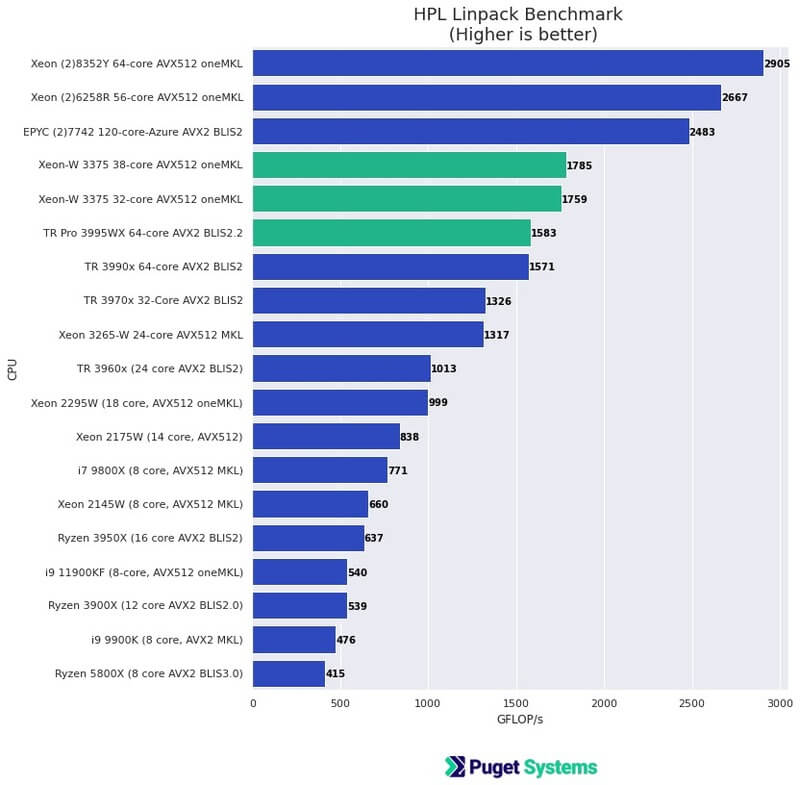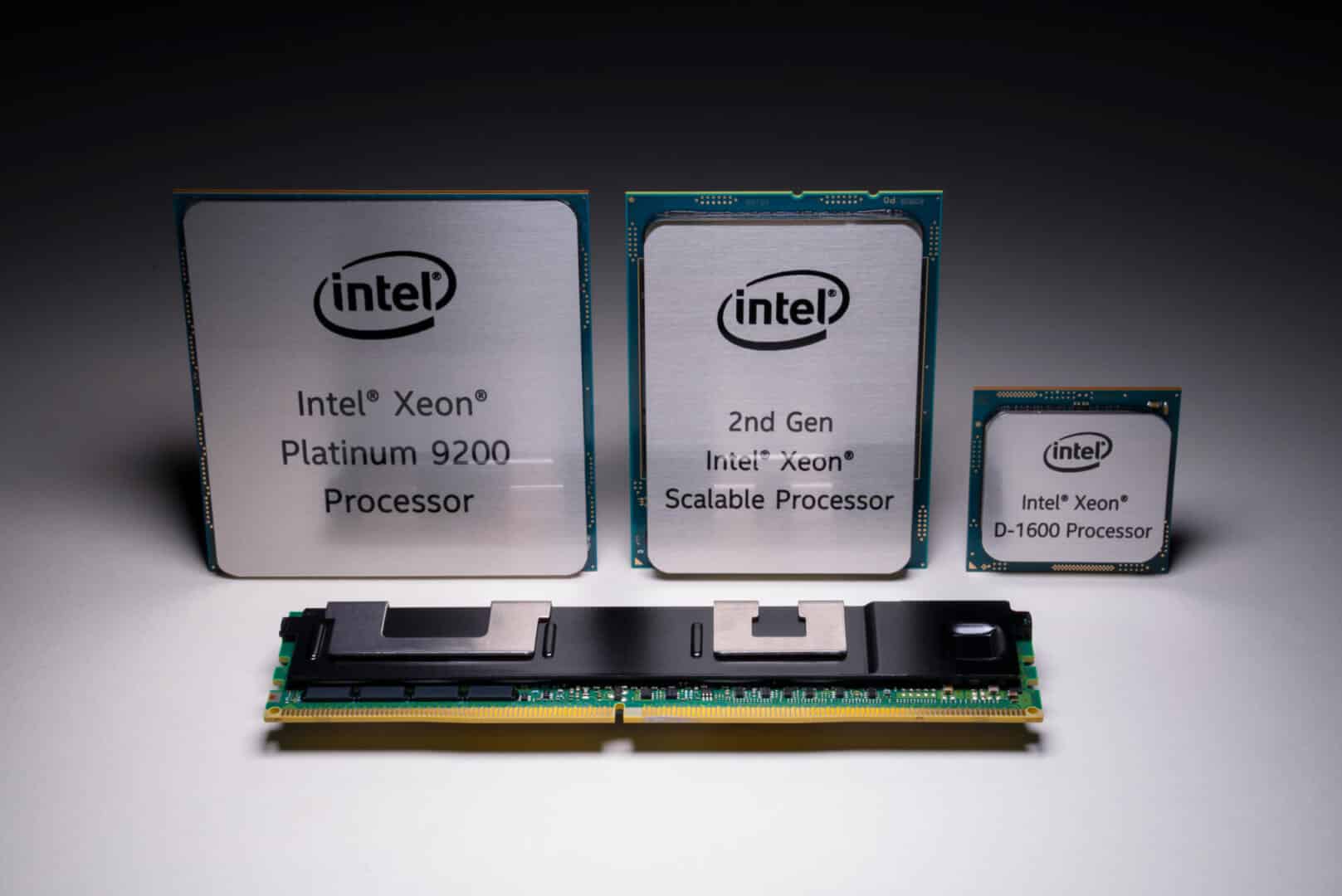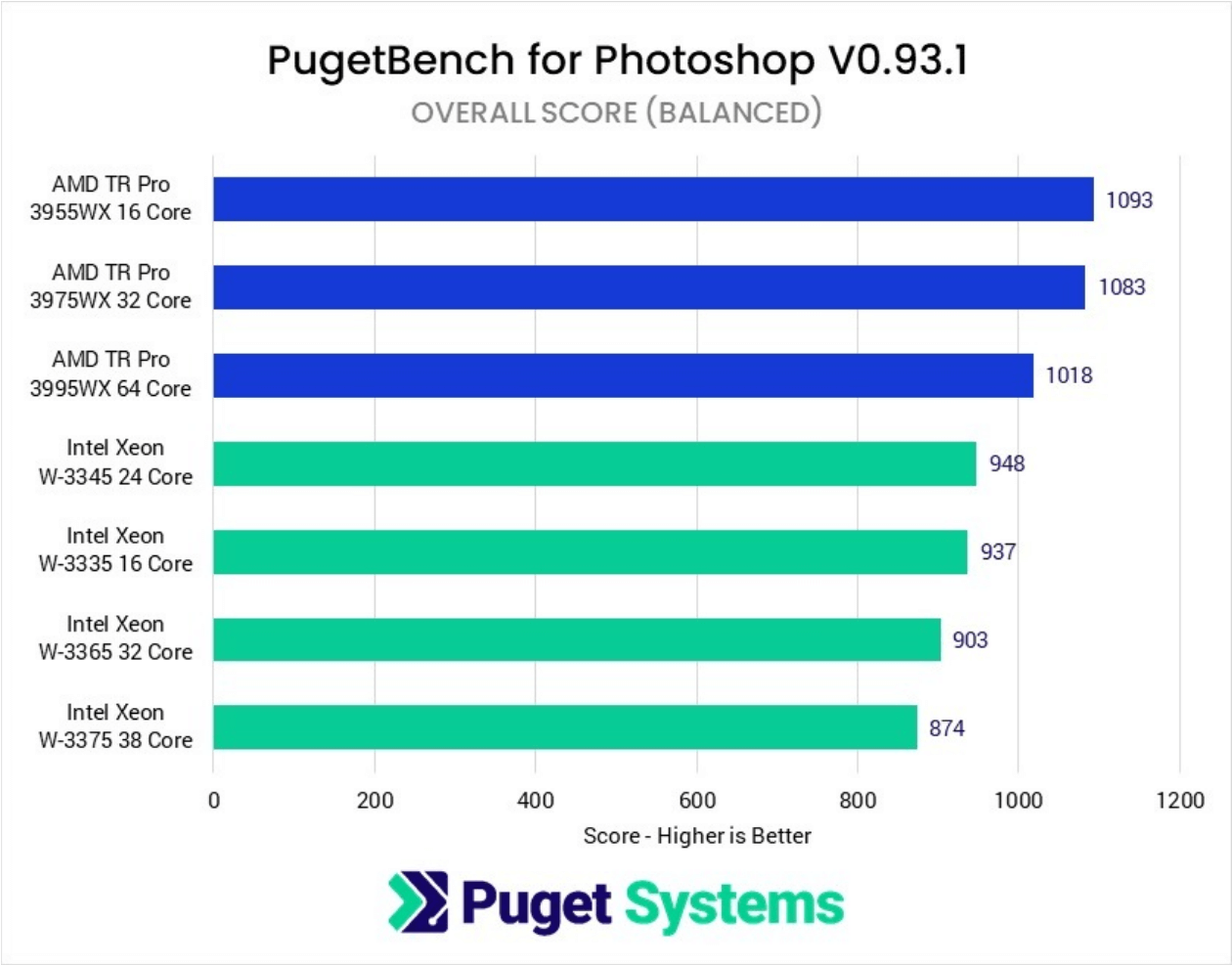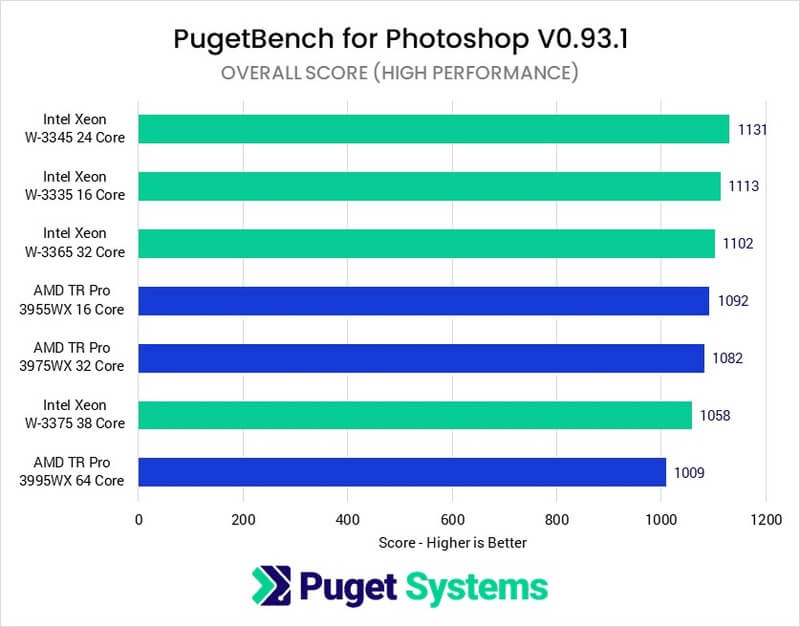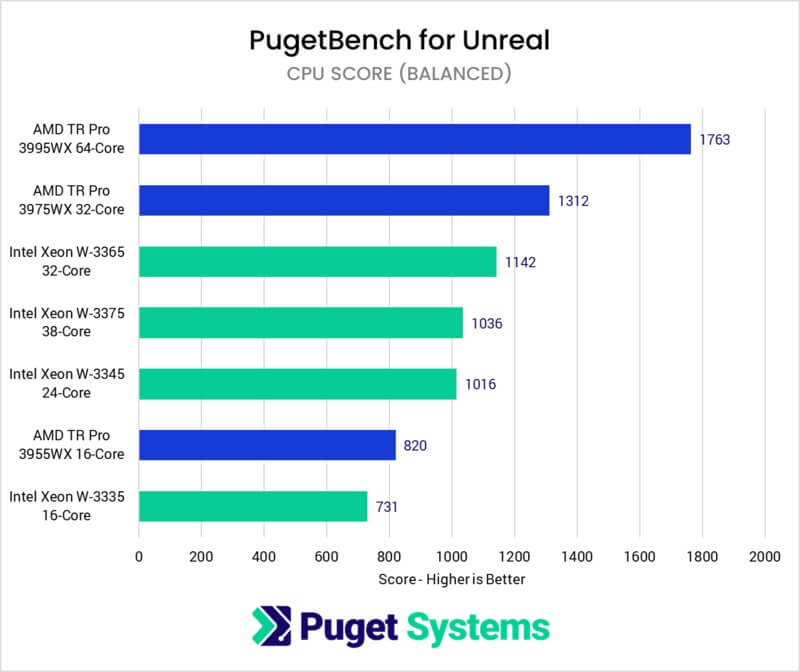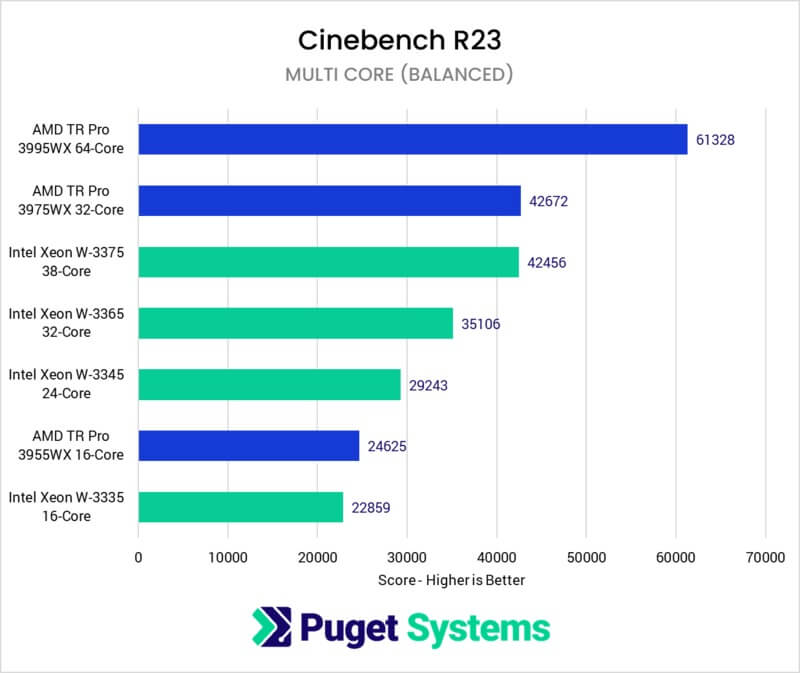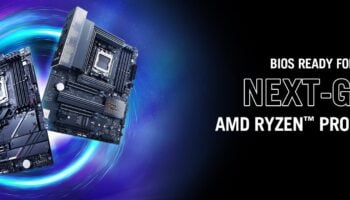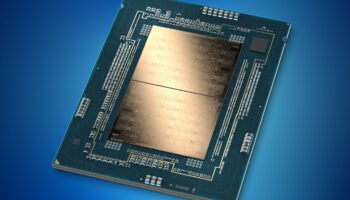Intel, earlier today, launched the Xeon W-3300 workstation processors, in an attempt to reaffirm its grip over the content creation and professional market. This segment has been dominated by AMD’s Threadrippers for several years now and will take more than a few successful launches from Intel to retain the crown. The W-3300 lineup consists of four SKUs, with a maximum core count of 38 cores and 76 threads, the highest the chipmaker has offered in this segment. As you may have already guessed, these parts are based on the 10nm Ice Lake-SP launched earlier this year for the data center market.
In addition to the core count, the primary upgrades include increased PCIe lanes, up to 64 (Gen 4), octa-channel DDR4-3200 memory support (max: 4TB), as well as native support for AVX512 and BF16 instructions. The latter will primarily be useful in compute-oriented workloads as you’ll soon see, while the rest will simply be an attempt to play catch-up to AMD’s 3rd Gen Threadripper processors.
| SKU | Cores | Base Clock (MHz) | 1T Turbo (MHz) | nT Turbo (MHz) | L3 (MB) | TDP (W) | MSRP |
| W-3375 | 38 / 76 | 2500 | 4000 | 3300 | 57 | 270 | $4499 |
| W-3365 | 32 / 64 | 2700 | 4000 | 3500 | 48 | 270 | $3499 |
| W-3345 | 24 / 48 | 3000 | 4000 | 3700 | 36 | 250 | $2499 |
| W-3335 | 16 / 32 | 3400 | 4000 | 3700 | 24 | 250 | $1299 |
| W-3323 | 12 / 24 | 3500 | 3900 | 3700 | 21 | 220 | $949 |
Benchmark source: Puget Systems
We took some benchmarks from Puget Systems to give you an idea of how the new Xeons perform with respect to the Threadrippers. Overall the Ice Lake chips are definitely more competitive than their older Skylake-based predecessors, but often leave much to be desired. AMD’s sheer advantage in terms of cores/threads turns out to be the deciding factor once again.
In the Photoshop benchmark, the Threadrippers easily outmaneuver their Xeon counterparts at the “Balanced” power preset, but the latter manages to catch up with the “High-Performance” profile. I reckon this comes at the cost of an increased power draw. Photoshop is a lightly threaded application, so there’s little to no difference between the various SKUs, with the boost clocks being the deciding factor.
Premiere Pro shows better scaling with increased core counts, to an extent (32 cores mostly), but the AMD parts lead here at every price point, with the 32-core 3975WX beating the 38-core Xeon W-3375 by a considerable margin.
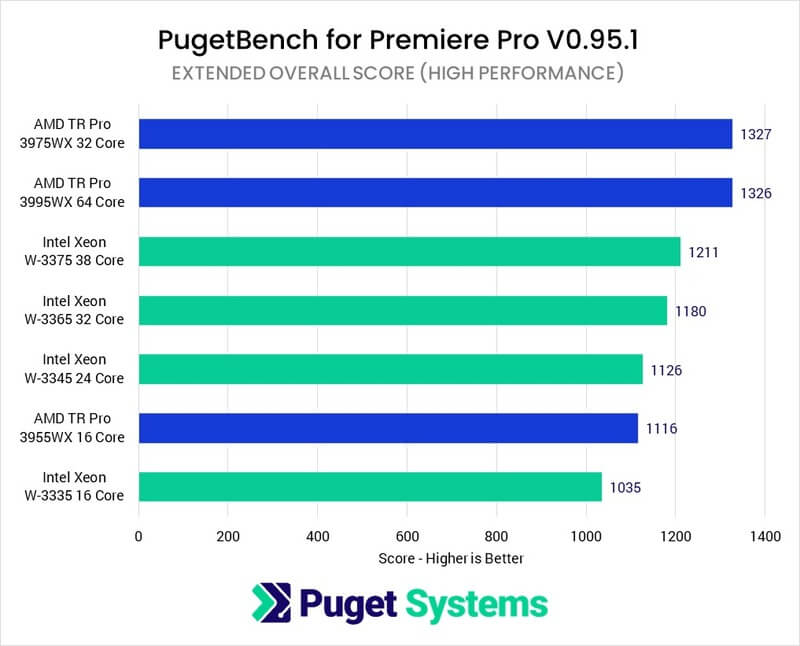
Other multi-threaded workloads such as Cinebench, Da Vinci, V-Ray, and Unreal mainly see the Threadrippers beat the Ice Lake Xeons by a formidable margin. The 64-core 3995WX is more than 50% faster than the top-end Xeon in these benchmarks.
One segment where the Xeons really shine is compute. In Linpack, thanks to the use of AVX512, the 32 and 38-core SKUs manage to beat the 64-core 3995WX by a notable margin. As you can probably imagine though, this comes at a significantly higher power draw.
